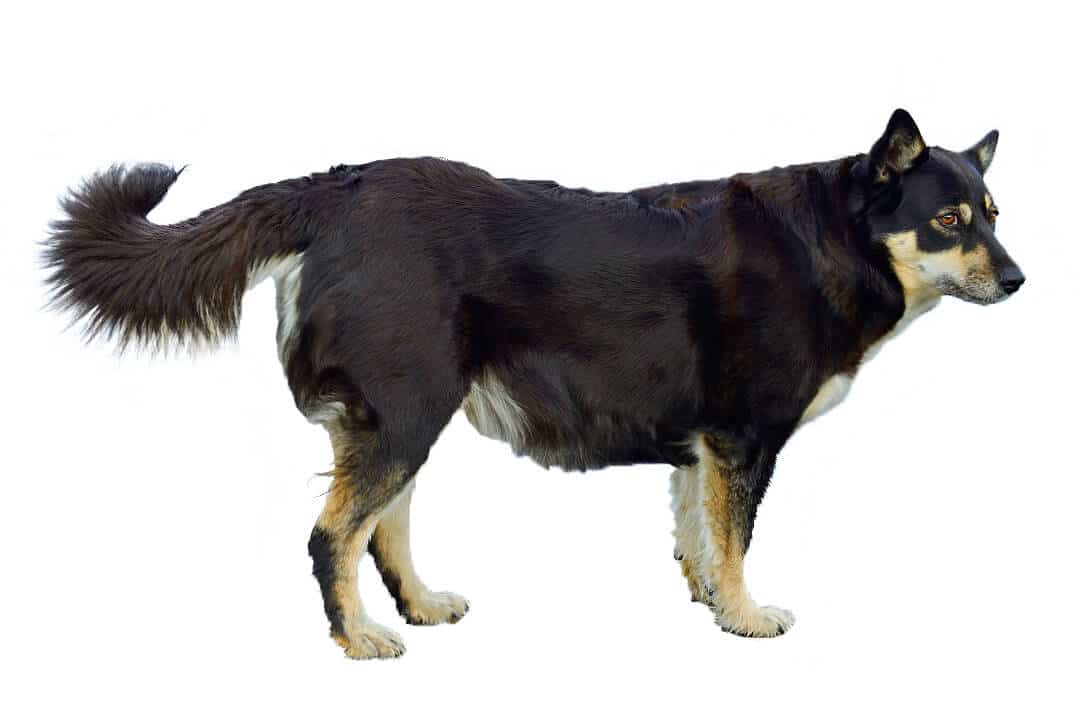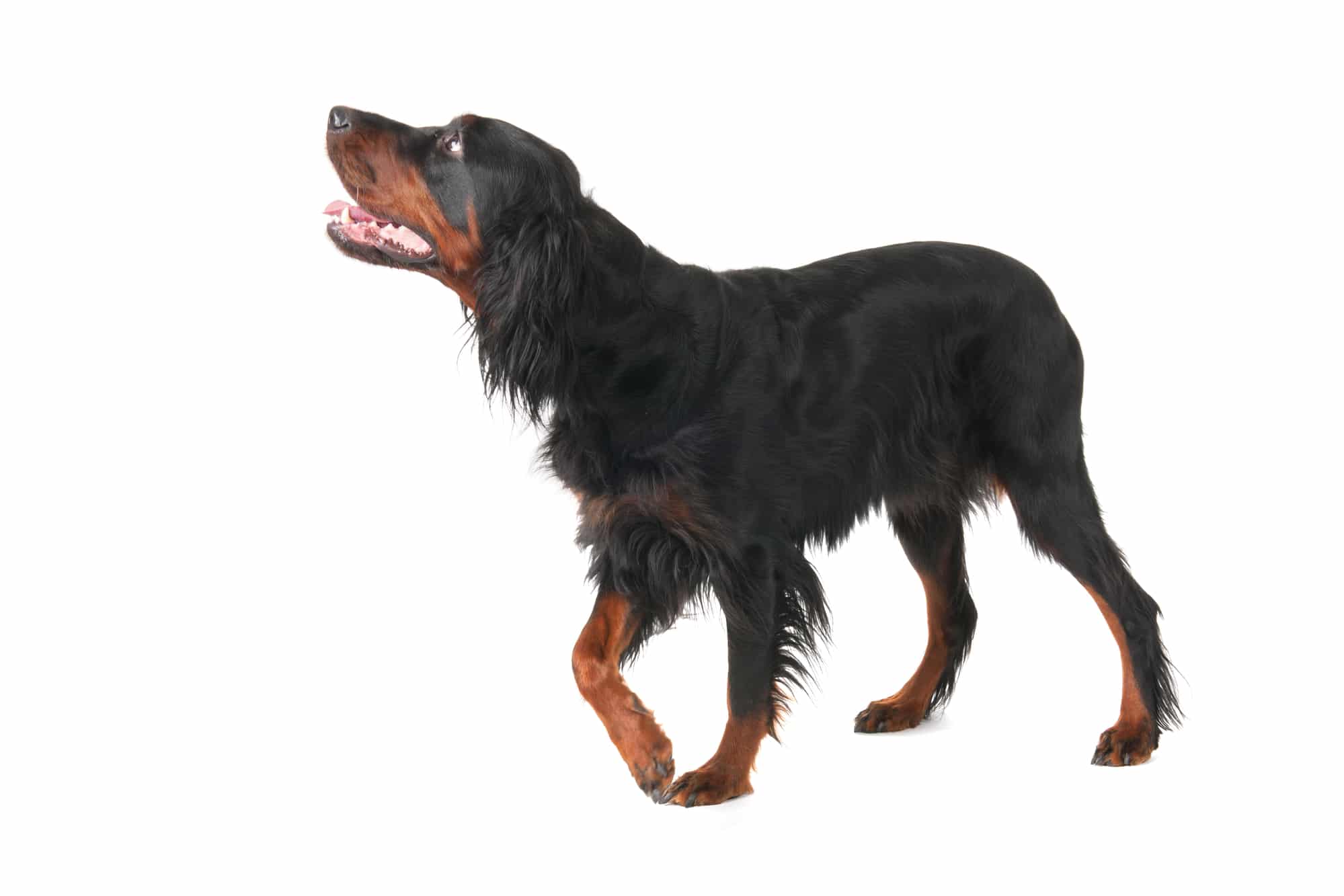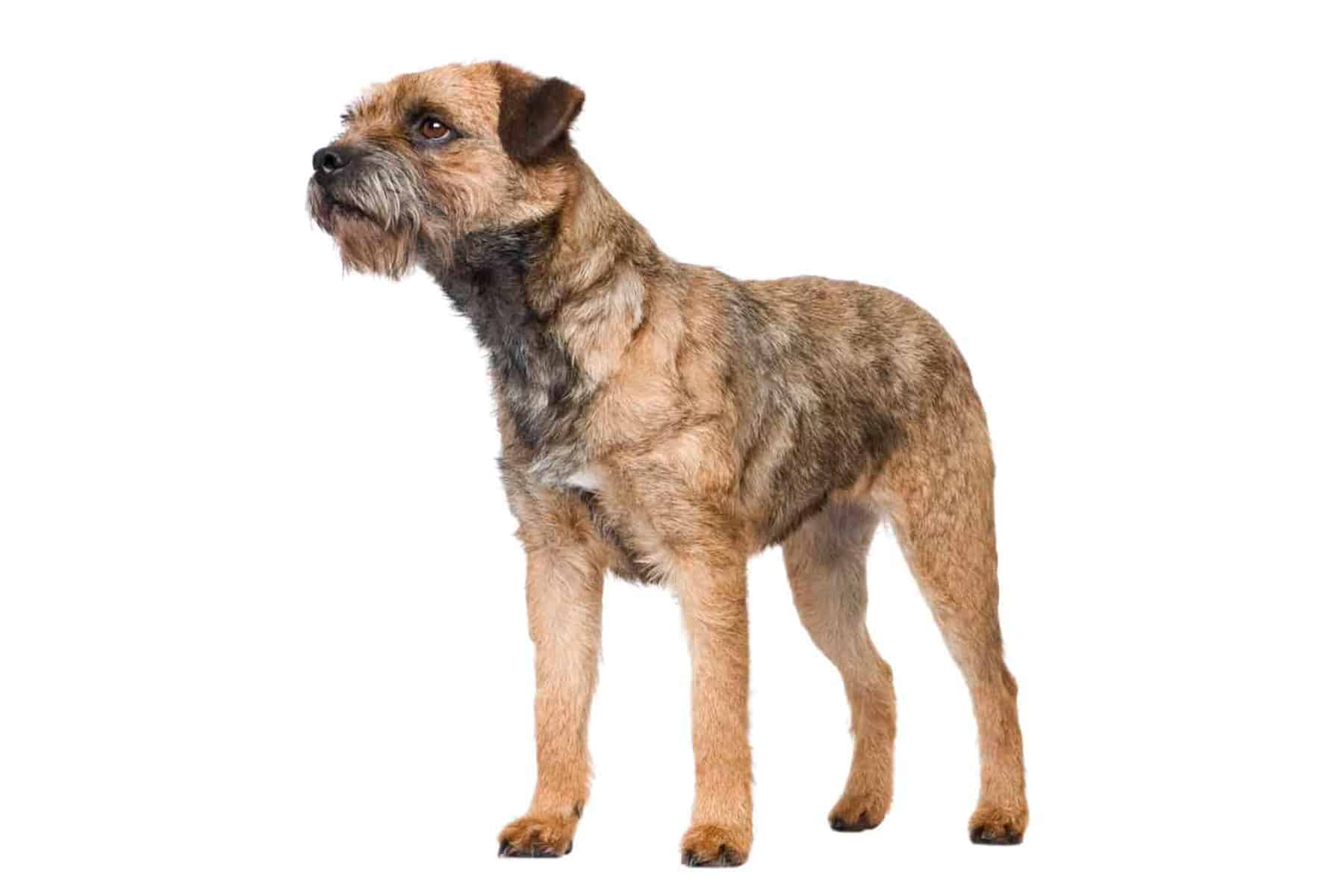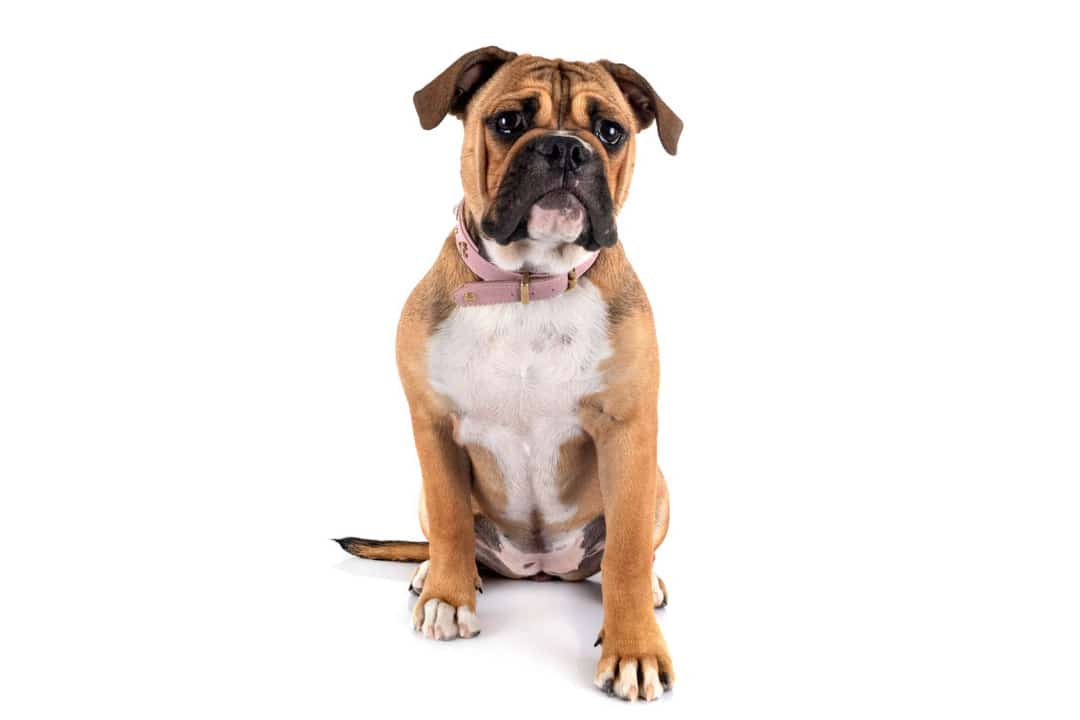Schipperke
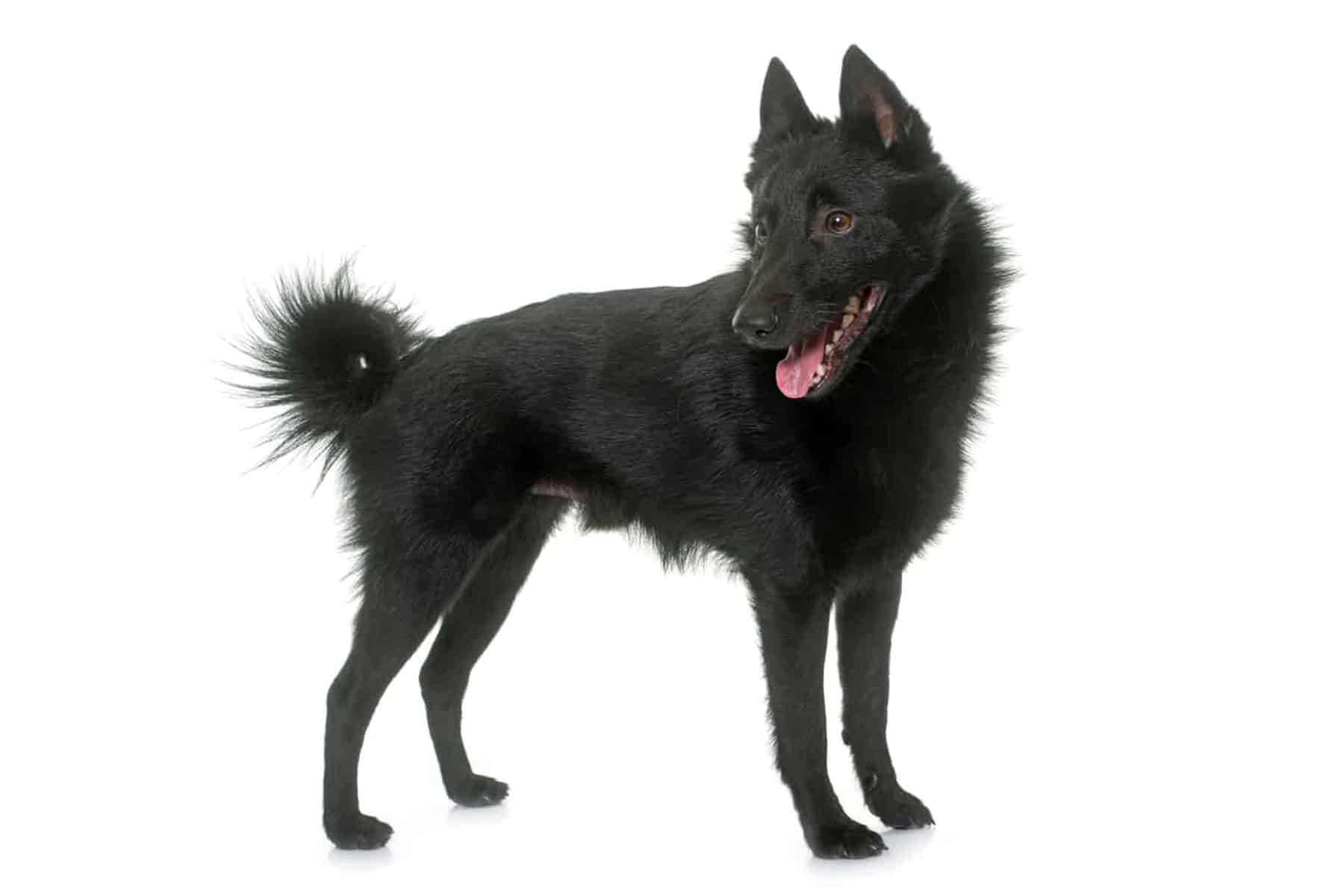
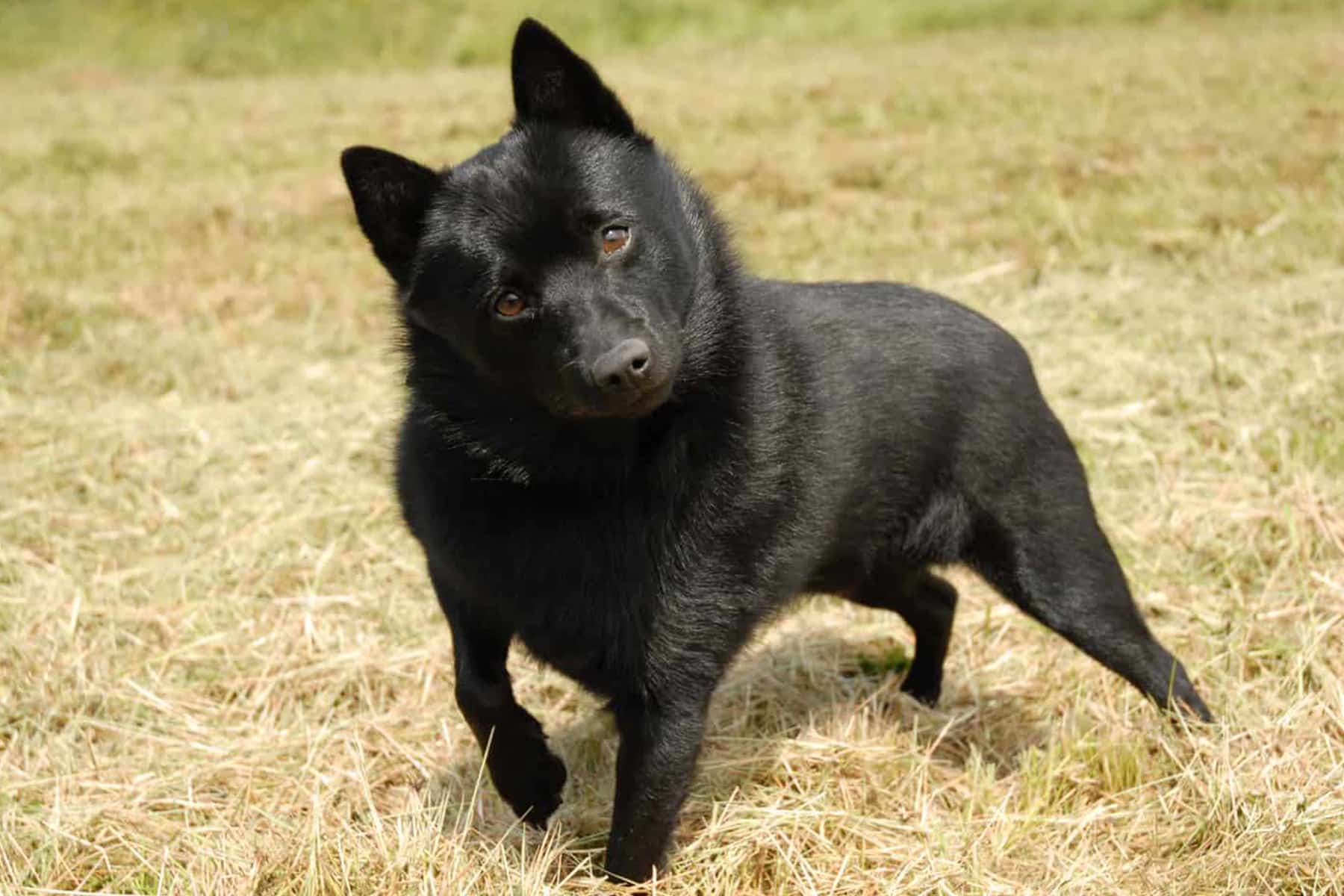
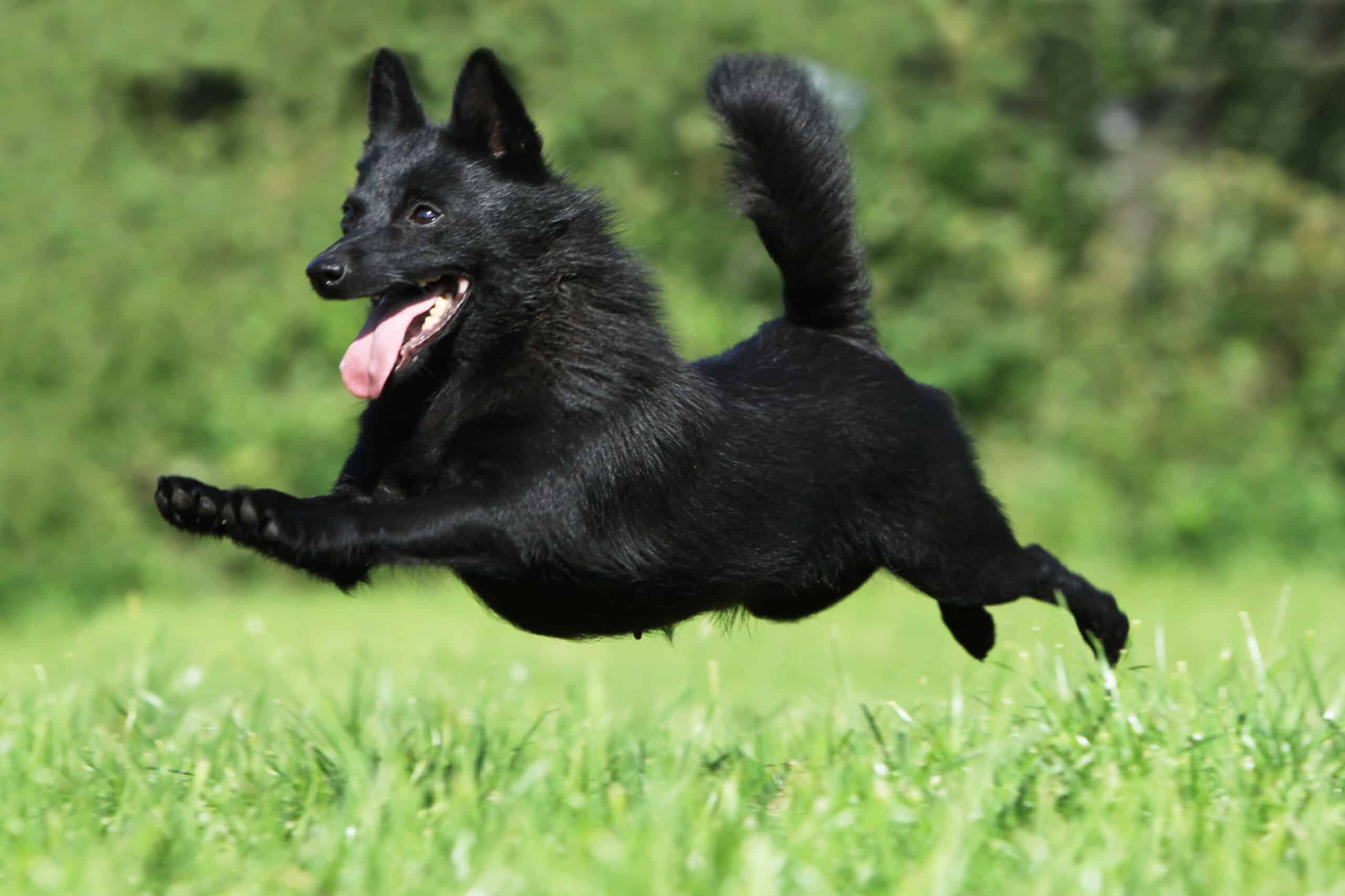
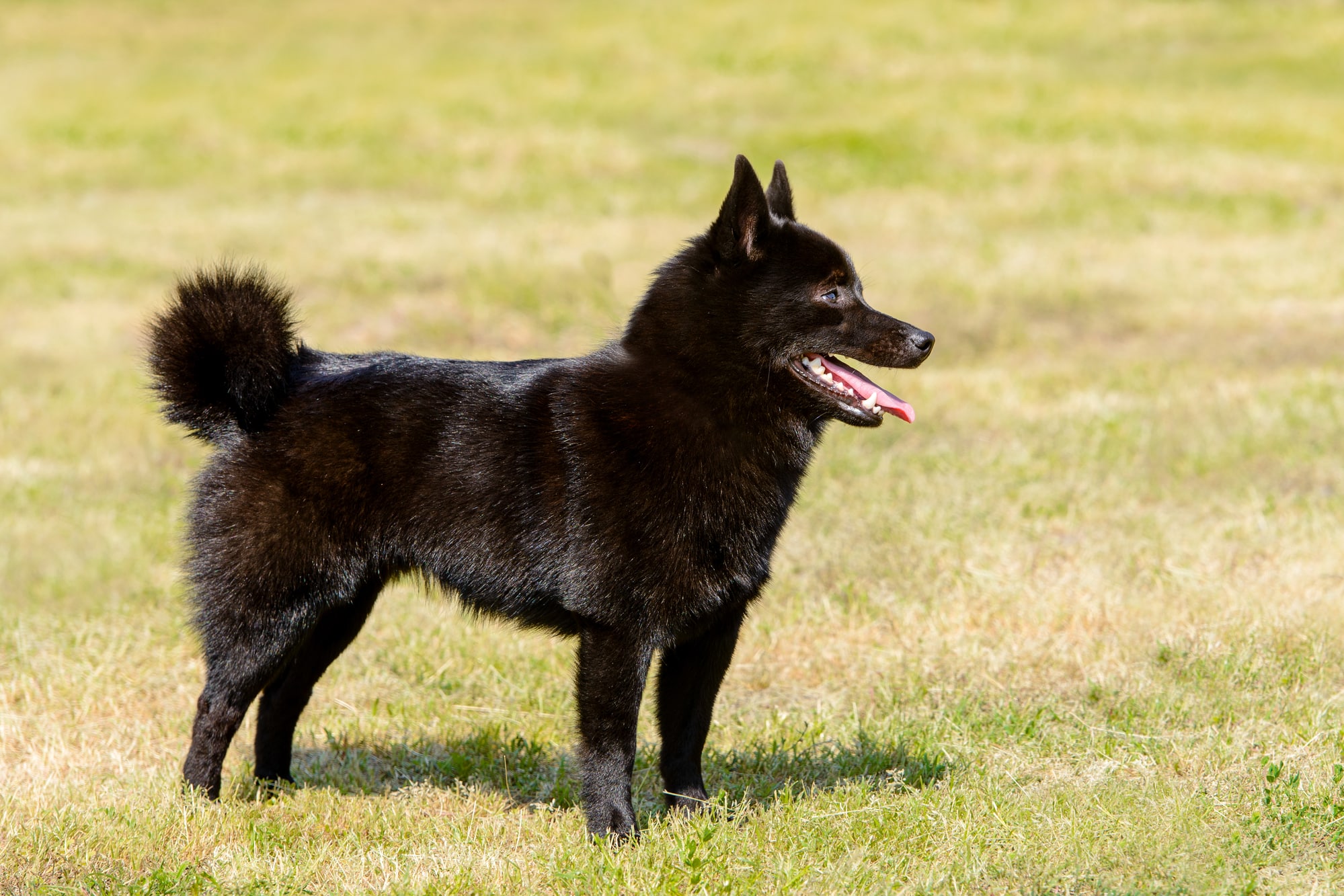
Temperament:
The Schipperke combines the best characteristics of a small, active dog with those of a German Shepherd. This makes it the right choice not only for families, but also for active singles and couples. Long walks and exciting exploratory tours make the Schipperke's heart beat faster. Because that satisfies his lively curiosity.
Characteristics
According to the breed standard, the Schipperke belongs to FCI Group 1 Herding and Driving Dogs, Section 1 Sheepdogs. The number of the breed standard is 83.
Outwardly, the Schipperke resembles a small wolf. Its shoulder height corresponds approximately to its body length. This gives it a square appearance.
The shoulder height of males is between 28 and 33 centimeters. For bitches between 25 and 30 centimeters.
The Schipperke has a pronounced forechest and a short, straight and strong back.
Characteristic of the Schipperke's face are the dark brown, almond-shaped eyes and the short muzzle. This gives it a fox-like and very friendly face. The pointed, triangular ears testify to its alertness.
The tail is set high and drooping. The topcoat is hard and glossy. The coat is black with a dense undercoat. It is slightly longer on the neck and paws, which makes these areas appear more pronounced. The ideal weight of a Schipperkes is between 3 and 9 kg.
The character of this breed is characterized by a willingness to learn and activity. These dogs love to be challenged and kept busy. The Schipperke wants to be challenged both physically and mentally. Their nature is lively and curious on the one hand, and patient and cautious on the other.
He is often reserved towards strangers, while he greets and treats familiar people very affectionately.
The sporty Schipperke has retained the hunting instinct of his ancestors. This is why he is an enthusiastic hunter of mice and rats. He is social towards other dogs and has a particular fondness for horses. He is patient and gentle with children.
He is easy to train and open to tricks and retrieving. As he tends to bark loudly and a lot, special attention should be paid to this when training him. Otherwise it can quickly cause problems with the neighbors. However, if the Schipperke is trained in this area from the outset, this habit can be very easily controlled.
As this dog breed is also considered to be very intelligent, it is well suited for training as a rescue or tracking dog. The Schipperke is also a very good guard dog. It alerts its owner to danger by barking. It also defends objects entrusted to it.
The Schipperke prefers to spend its time outdoors, and any terrain will do. Tree stumps and roots are overcome with a skillful jump and the little explorer also enjoys a quick dip in the lake. The Schipperke also likes to use its bark frequently on walks, which is evidence of its good self-confidence. This dog breed has an average life expectancy of 14 years.
Coat care:
Shedding:
Energy level:
Trainability:
Children suitable:
The right food
When choosing food, make sure that it contains high-quality ingredients, is balanced and meets your dog's requirements. Age, size or weight, activity and health status play an important role. You should follow the manufacturer's recommendations for the amount of food.
Treats should only be fed in moderation and deducted from the basic diet to avoid obesity.
Puppies can be fed 4-6 times a day. The number of meals should be gradually reduced to 2 per day until the dog is fully grown. A rest period should be observed after meals.
Fresh drinking water should be available at all times.
Health & Care
The Schipperke is generally considered an easy-care dog breed. Due to its hard structure, the coat requires little brushing. Only during the seasonal change of coat should the dog be combed once a week. Then it sheds less. In general, however, this breed does not shed very much.
You can also bathe your Schipperke. However, you should only use water to rinse it superficially if it is a little dirty.
The Schipperke is also easy to keep as it is considered to be very adaptable. It can be kept both indoors and outdoors. However, it is important that it is well exercised. It should always be sufficiently challenged physically and mentally.
Suitable accessories
As already described, the Schipperke is very eager to learn and intelligent. It is therefore advisable to provide him with sufficient toys for his body and mind. You can also work with treats. However, make sure that the treats are not too fatty and healthy so that your Schipperke does not put on weight.
Basic equipment includes a collar or harness with lead, dog basket or dog mat as a retreat, water and food bowl, tick tweezers, claw clippers, brush and comb or rubber curry comb, toothbrush and toothpaste for dogs, transport box for transportation in the car and a first aid kit. It's best to ask your vet what should be in the first aid kit.
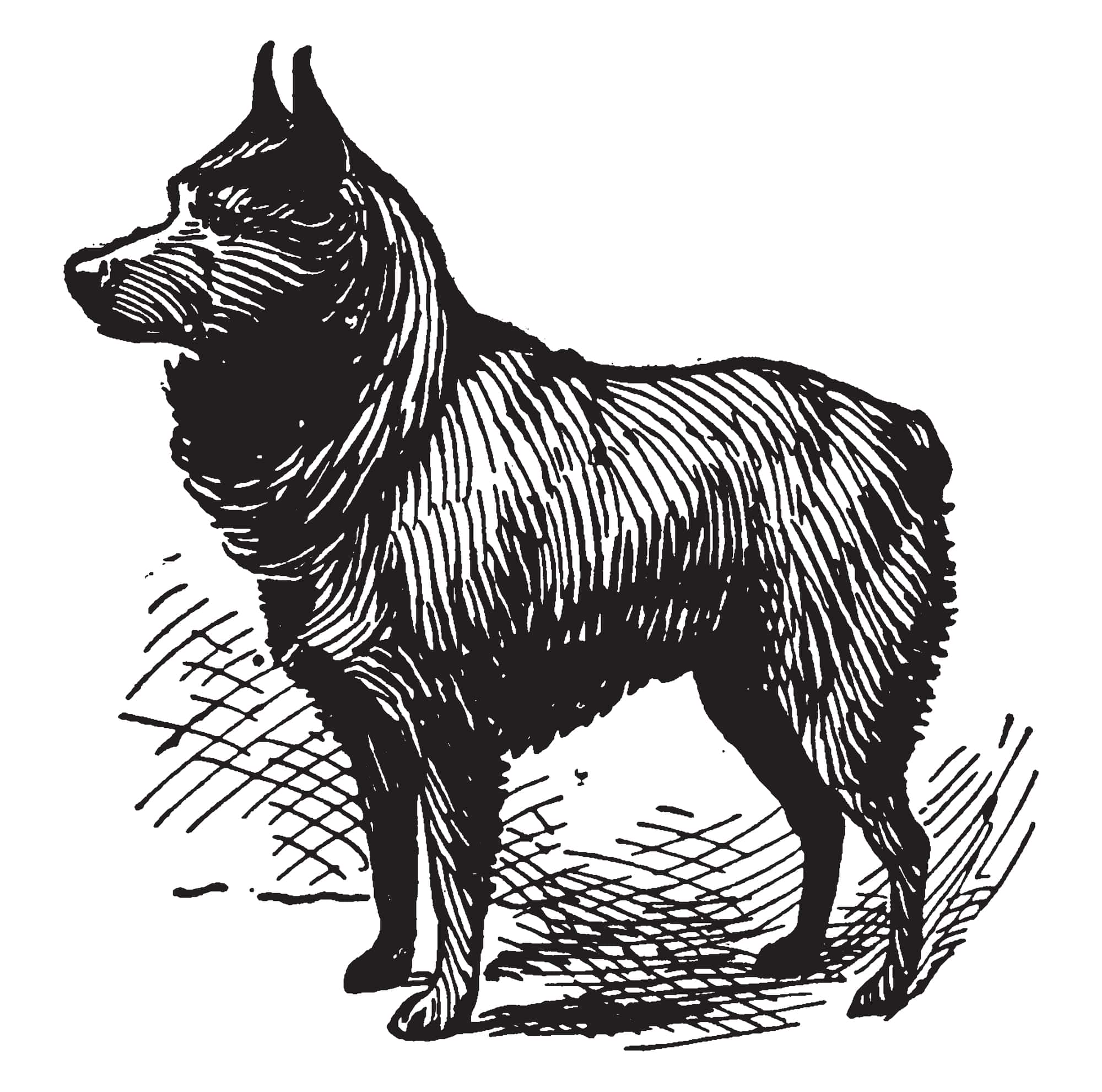
Origin & History
The history of the Schipperke can be traced back to the 15th century. It originally comes from Belgium and is thought to be descended from the Leuvenaar black sheepdog breed. However, the Leuvenaar is now extinct. However, the assumption that the Schipperke is descended from it is controversial. There are also indications of a relationship with the Kleinspitz.
The Schipperke was mainly bred in Belgium and the Netherlands.
This breed was particularly popular in the 17th century. Even the Belgian Queen Marie Henriette owned a Schipperke in 1885. Its long tradition as a guard dog is also reflected in the fact that it can be seen in paintings depicting life in earlier times.
In the Netherlands, too, it is often associated with inland shipping. There it was often used as a watchdog and companion on ships. Its hunting instinct was particularly useful here, as it kept rats away from the ship.
This is why the name of the Schipperken is often incorrectly derived from "Schipers" and translated as "boatman". However, the name actually comes from the word "Scheperke" and means "little shepherd (dog)".
The first breed standard for the Schipperke was established in 1888 by the Belgian breed club "Royal Schipperkes Club", after the breed had been introduced in England in 1887.
